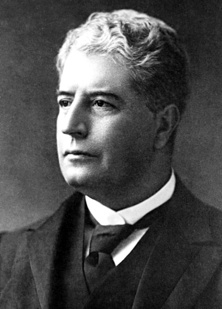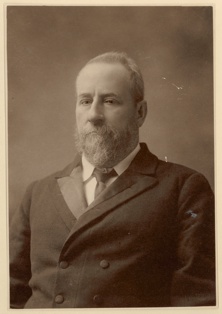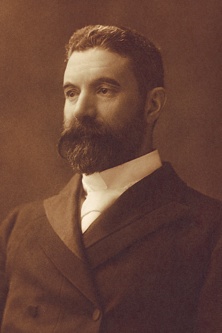Edmund Barton was born and raised in Sydney. He was a good student in secondary school and university. By the age of 30, he was a lawyer and a member of parliament.
Like many other people born in Australia, he was keen on the plan to form an Australian nation. He became the leader of the Federation movement in New South Wales, travelling the colony to give speeches and organise supporters. On this issue, he had found his calling.
Barton was the dominant figure of the 1897–98 Federal Convention. He was in charge of getting the words in the Constitution right and after each day’s debate, he worked through the night while the other delegates slept.
He became so admired and trusted that the leading politicians in the other colonies wanted him to be the first Prime Minister. He was Prime Minister from 1901 to 1903, and then he retired and became a judge on the new High Court.




